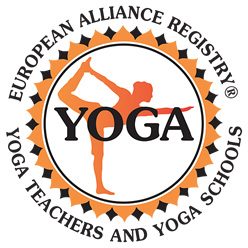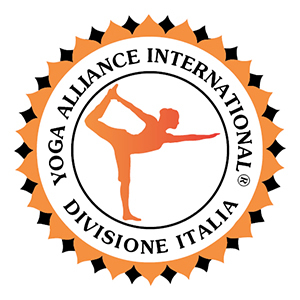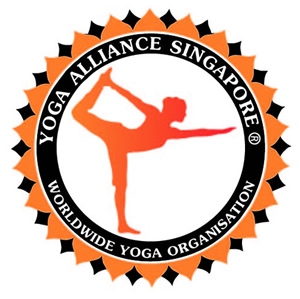
Yoga Curriculum Design and Mapping
Yoga Curriculum Design and Mapping
YTTCW provides comprehensive yoga curriculum design and mapping tools to help training providers develop structured, high-quality programs for aspiring yoga teachers worldwide.
Curriculum design defines learning outcomes, while curriculum mapping organises and visualises course structure, teaching methods, and assessments. This ensures alignment with professional standards and helps track progress effectively.
Our internationally recognised Level 1–4 Hatha Yoga Diploma manual covers Yoga Philosophy, Teaching Methods and Techniques, Anatomy, Biomechanics, and Major Asanas in-depth for diverse students. Developed by leading experts, it supports providers in delivering professional, accredited training programs..
Why Use Curriculum Mapping?
Ensures Program Alignment – Identifies gaps, redundancies, and misalignments in training courses.
Enhances Course Planning – Helps structure content, assessments, and teaching methods.
Supports Accreditation – Demonstrates compliance with professional standards.
Improves Student Learning – Clarifies course objectives and career relevance.
Engages Faculty – Facilitates dialogue on curriculum effectiveness and outcomes.
YTTCW Competency Areas
Anatomy, Biomechanics & Kinesiology for Yoga
Yoga Philosophy & Fundamentals
Class Planning & Teaching Methods
Posture Instruction for All Levels
Managing, Adapting & Evaluating Yoga Classes
For further information on YTTCW Award please Contact Us



